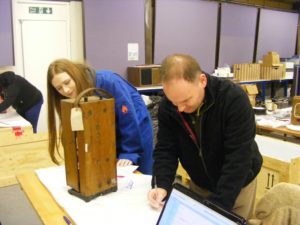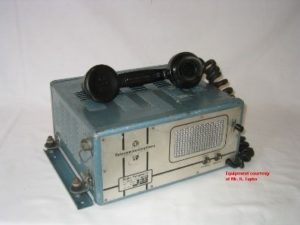
Volunteering with Cisco’s Time2Give
How long before your current digital devices end up in a museum of technology?
As the rate of technological change continues to accelerate – you could be forgiven for thinking that the most pressing challenge facing museums in this sector now resembles the closing scene of Raiders of the Lost Ark: an ongoing battle to catalogue and store technology exhibits in ever-expanding warehouses.
As a Cisco #Time2Give volunteer at a local museum of technology, which is undergoing site redevelopment (courtesy of the Heritage Lottery Fund (UK) and the museum’s own fundraising – I’ve been hands-on with the challenge and opportunity of digital transformation in the museum sector.
Back to the Future
The original function of the museum site – a pumping station – was a (19th-century!) example of the circular economy. Municipal refuse fuelled the engines that pumped sewage, simultaneously improving:
– citizens’ public health through sanitation
– environmental quality of the river water for leisure activities (rowing, fishing)
– productivity of local agriculture (which re-used the processed sewage as fertilizer).

Packing up (robust!) 19th-century technology.
When the museum packed its collections – that span analogue and digital eras (from the mid-19th to late-20th century) – ahead of site refurbishment to build STEM learning and events spaces, a new accessible visitor centre and interactive displays to improve visitors’ experience – the museum’s curators faced resourcing constraints familiar to small-to-mid-size businesses (SMBs). In the case of the museum, volunteers from the local community assisted the pack-up as curators assessed what should be kept for display in the refurbished visitor centre.-
For example, the museum’s collection of some of the earliest vehicle-fitted mobile radiotelephones tells the story of how first-responder, emergency-services communications and media broadcasting were transformed through mobile connectivity during the 20th century.
Digital transformation in the cultural realm
As the museum transforms physically – prior to public re-opening in 2019 – staff and volunteers have simultaneously undertaken a digital transformation of the museum’s collections:
– By cataloguing, photographing and scanning objects for an interactive visitor experience
– By interviewing former workers and residents associated with the local companies associated with the collections, the museum is recording an oral history of the community for future generations. Excerpts of these interviews will be available for visitors to listen to on refurbished vintage telephone handsets!
– By trialling Internet-of-Things (IoT) technology incorporating location-based-services, such as iBeacon and The Physical Web, the museum has pioneered interactive visitor experiences that link physical objects and locations and enable visitors to access additional information (such as videos and photos), through their mobiles or loaned museum devices.
Preserving the past, inspiring the future

Yes, this really is how commercial mobile communications began, 70 years ago! World’s first mobile radiotelephone mountable under the dashboard in a vehicle (Pye PTC108 Mobile Radiotelephone, prototype 1948. Courtesy of Cambridge Museum of Technology)
The mission of the museum is not only to preserve industrial and technological heritage, but also to “demonstrate for the inspiration, enjoyment and education of all”.
Through education outreach for science-technology-engineering-mathematics (STEM) subjects, museum staff demonstrate the transferability of physics and engineering principles through a series of “hands-on” design challenges for teams – from bridge building to origami!
Encouraging STEMers of-the-future to take an experimental approach through “trial-and-error” discovery projects is vital, according to the museum’s education officer, Jinx St. Léger. Indeed, this “fail-fast-and-learn” approach is already advocated as a means to kick-start emerging technology such as Internet-of-Things (IoT).
The museum has already partnered with the micro:bit educational foundation to host programming workshops.
Want to learn more about the digital museum of the future?
Cisco’s Country Digital Acceleration team in the UK has published more about how heritage can be safeguarded by creating the digital museum of the future: read the whitepaper #cultureisdigital.
About Time2Give
Cisco’s Time2Give is an initiative in which Cisco provides employees five days every calendar year to enable them to give back to the community through charities and local organizations.
Acknowledgements
Pam Halls, curator, Cambridge Museum of Technology
Morgan Bell, assistant curator
Jinx St.Léger, education officer.
